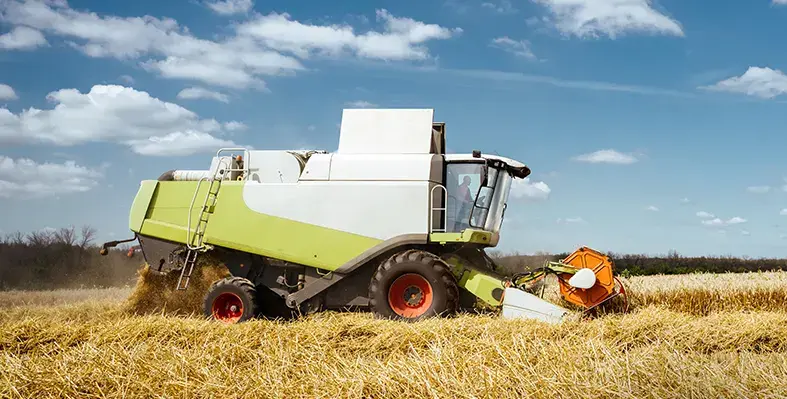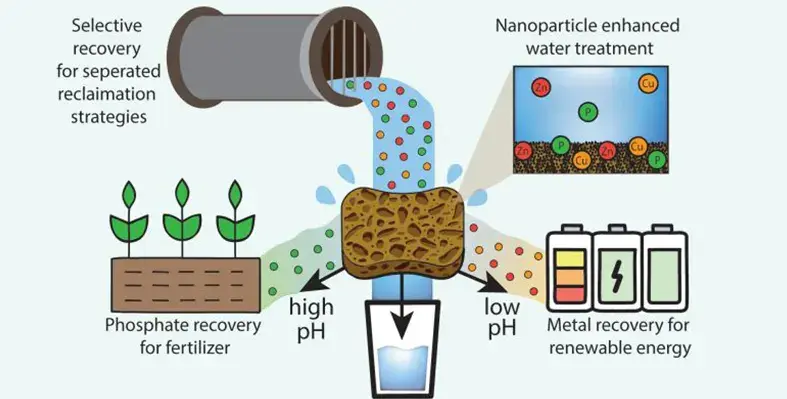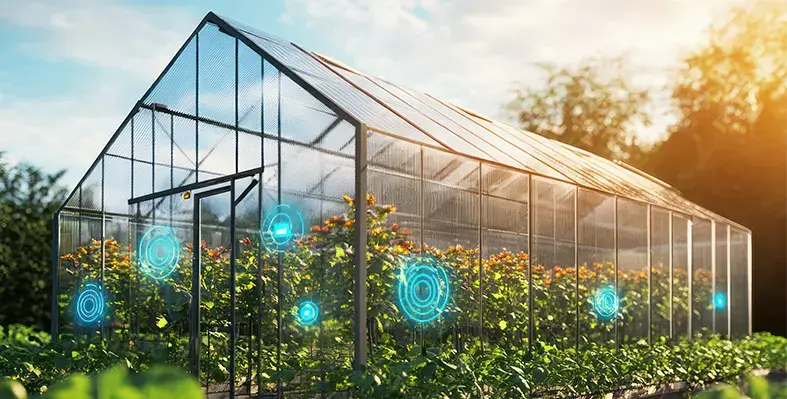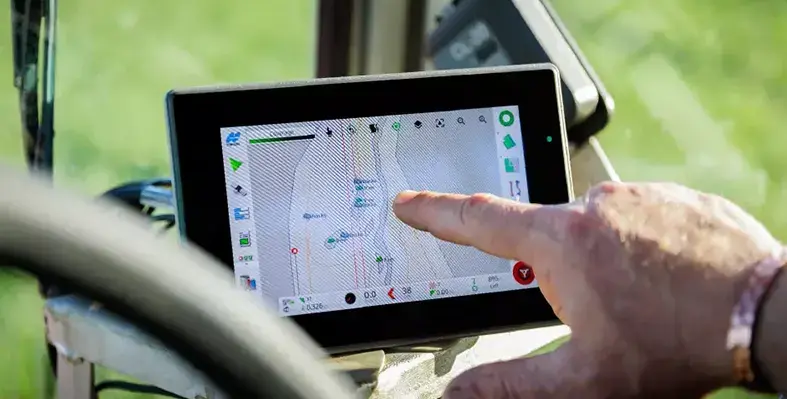
AGRIMAX PROHARVEST thus stands as a technologically advanced and cost-effective solution for all operators in the farming industry. (Image source: BKT)
Balkrishna Industries Ltd (BKT) has recently developed a new tire for the purpose of tackling the challenges associated with harvesting needs by combining high performance, reliability and eco-friendliness
AGRIMAX PROHARVEST integrates advanced technical solutions to ensure maximum efficiency and reliability. Thanks to the VF (Very High Flexion) technology, the tire can carry up to 40% more load than a standard tire at the same inflation pressure, thus enabling a wider and more even weight distribution on the ground, significantly reducing the risk of compaction and promoting soil conservation, which is key to maintaining fertility and agricultural productivity.
For demanding operating conditions, AGRIMAX PROHARVEST features a reinforced polyester casing combined with three layers of steel belts that ensure greater resistance to deformation and superior protection against mechanical stress, extending a tire’s service life even in case of high and cyclic loads. Compound formulation has also been given additional attention to provide high cut and chip resistance, as well as against damages caused by residual stubble or other abrasive materials on the ground, thus minimising the risk of punctures and reducing maintenance costs.
AGRIMAX PROHARVEST's tread features an innovative open-shoulder design that improves traction on rough and wet terrain while enhancing self-cleaning properties. Moreover, it offers remarkable on-road handling, ensuring even wear, better steering control, as well as remarkable driving comfort. Another advantage is the CFO technology (Cyclic Field Operations) that enables the tire to tolerate temporary overloads beyond its capacity, as it occurs when the combine harvester's tank reaches maximum fill and then returns to standard operating conditions once the load is reduced, preventing structural damage and ensuring a longer product life-cycle.
Additionally, the tire has a long service life, owing to its targeted design choices that help reduce the overall environmental impact by limiting the need for frequent replacements and decreasing the quantity of materials and resources required for manufacturing and product life-cycle management.
"Thanks to its innovative design, AGRIMAX PROHARVEST tackles these challenges by reducing the pressure exerted on the soil since it has a larger footprint. Not only does this preserve soil health, but it also promotes higher and more sustainable farming yields". - says Dilip Vaidya, senior president & director technology at BKT.











